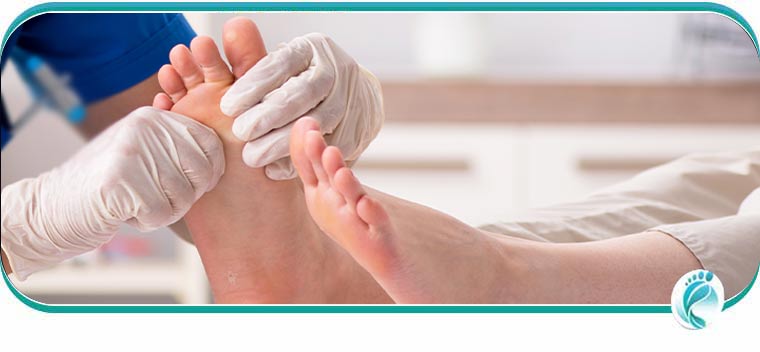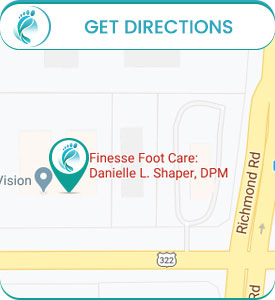Home » Lyndhurst OH Gout Treatment
You cannot copy content of this website, your IP is being recorded
Gout Treatment Specialist in Lyndhurst, OH
Focusing on personalized treatment plans, Dr. Danielle L. Shaper employs the latest techniques and therapies to alleviate symptoms and prevent future flare-ups. Understanding the unique challenges that gout presents, we are committed to helping our patients achieve optimal foot health and improved quality of life. Whether you’re experiencing acute pain or managing chronic symptoms, trust Finesse Footcare to deliver the comprehensive and compassionate care you deserve. Contact us today for more information or schedule an appointment online. We are conveniently located at 5035 Mayfield Rd Lyndhurst, OH 44124.
Additional Services You May Need






